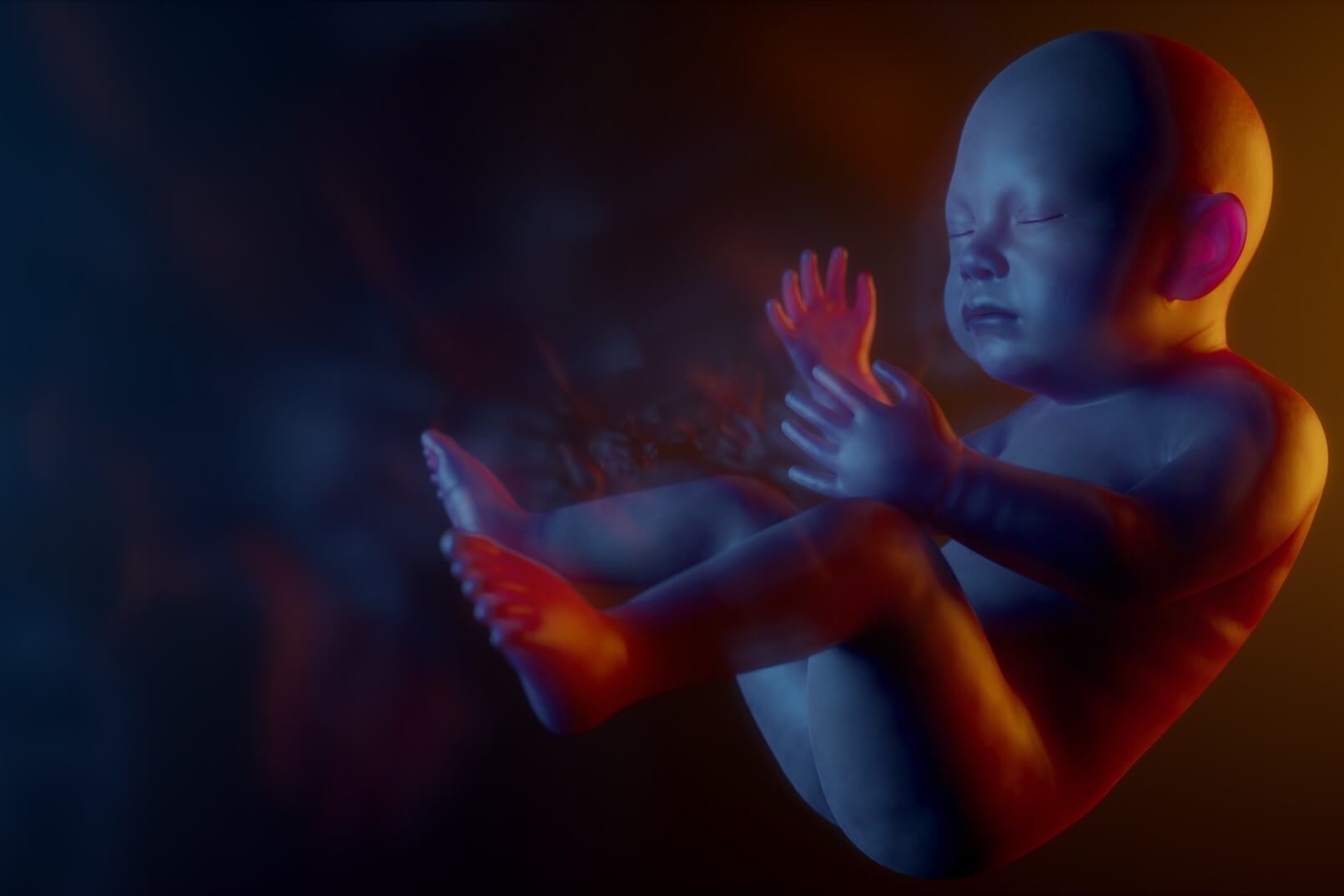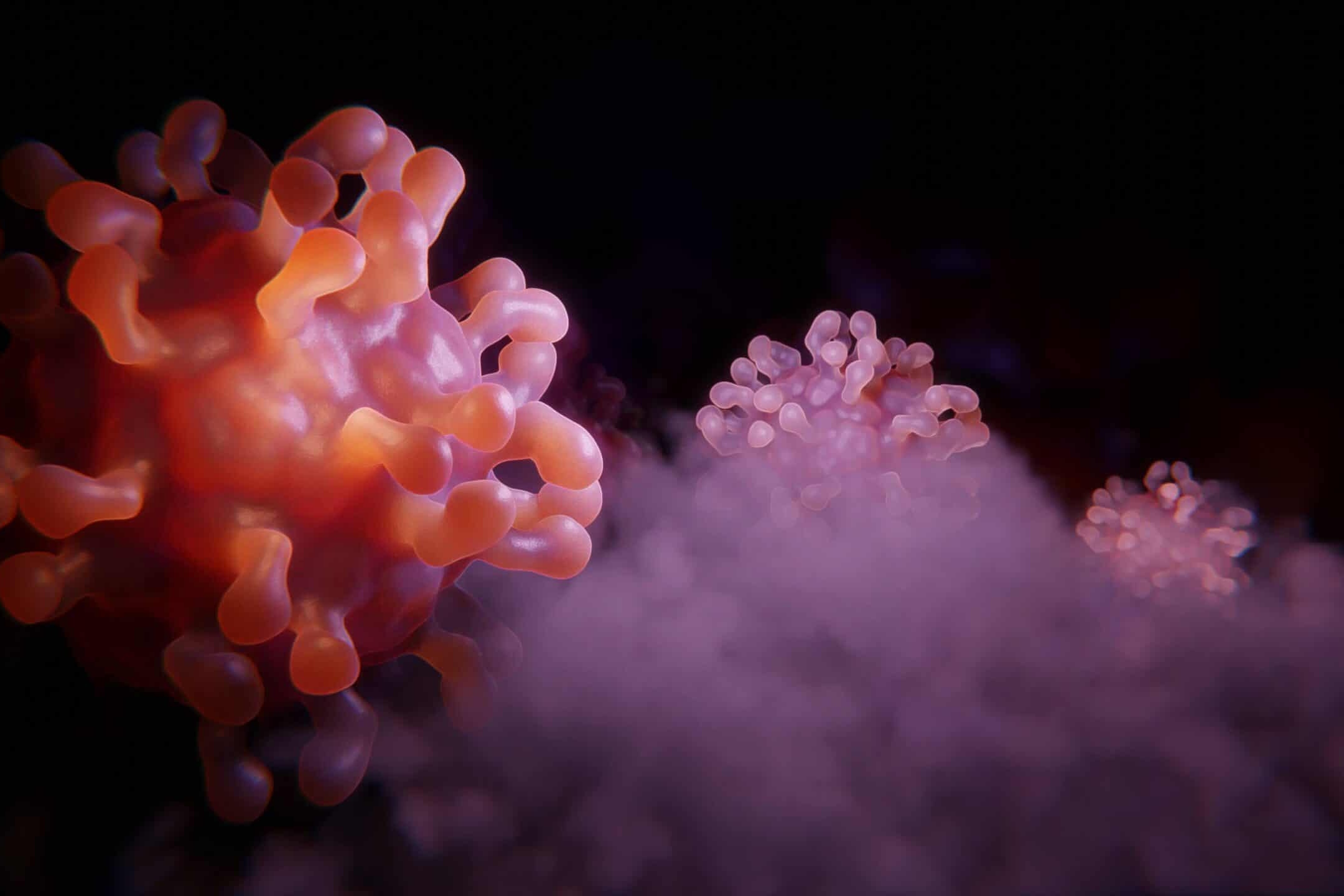Medical animation studios are a vital part of the medical industry, helping to explain complex medical concepts and procedures in a visually compelling way. But what exactly goes on inside these studios? In this post, we’ll take a closer look at the process of creating a medical animation, from gathering information to delivering the final product.
Gathering Information
The first step in creating a medical animation is to gather information about the medical concept or procedure that is to be animated. This information is typically provided by the client, who may be a pharmaceutical company, medical device manufacturer, or biotech firm. The animation team will then work closely with the client to understand their needs and goals for the animation. This step is crucial to ensure that the final animation is accurate and meets the client’s requirements.
Creating the Animation
Once the information has been gathered, the animation team will begin the process of creating the animation. This typically involves creating a storyboard, which is a visual representation of the animation. The storyboard is then used to guide the animation process, and it is also used to get feedback from the client.
The next step is to create the animation itself. This typically involves using specialized software to create 3D models of the medical concepts or procedures that will be animated. These models are then animated using keyframe animation, which is a process where the animator defines the position, rotation, and other properties of the model at specific points in time. The animator then uses the software to interpolate the animation between these keyframes, creating a smooth and realistic animation.
Rendering and Reviewing
Once the animation is complete, it is then rendered, which is the process of creating the final animation files. The animation team will then review the animation to ensure that it is accurate and visually compelling. Any necessary revisions are made at this stage. This step is critical to ensure that the animation meets the client’s requirements and is of high quality.
Delivering the Final Product
Finally, the animation is delivered to the client. The animation can be used for a variety of purposes, such as medical education, marketing, or training. Medical animations are also used in medical journals, educational videos, and other forms of scientific communication. This step is the final outcome of the process and it is a satisfying moment for the animation team to see the final product being used and appreciated.
In conclusion, medical animation studios play a critical role in helping pharmaceutical companies, medical device manufacturers, and biotech firms to communicate complex medical concepts and procedures to a wide range of audiences. The process of creating a medical animation is a combination of creativity and technical skills, where a team of animators, medical illustrators, and scientists work together to create accurate and visually compelling animations. The animations are then used for a variety of purposes, such as medical education, marketing, or training. Medical animations are becoming a powerful tool for the industry to reach their audience and educate them in a more engaging way.


